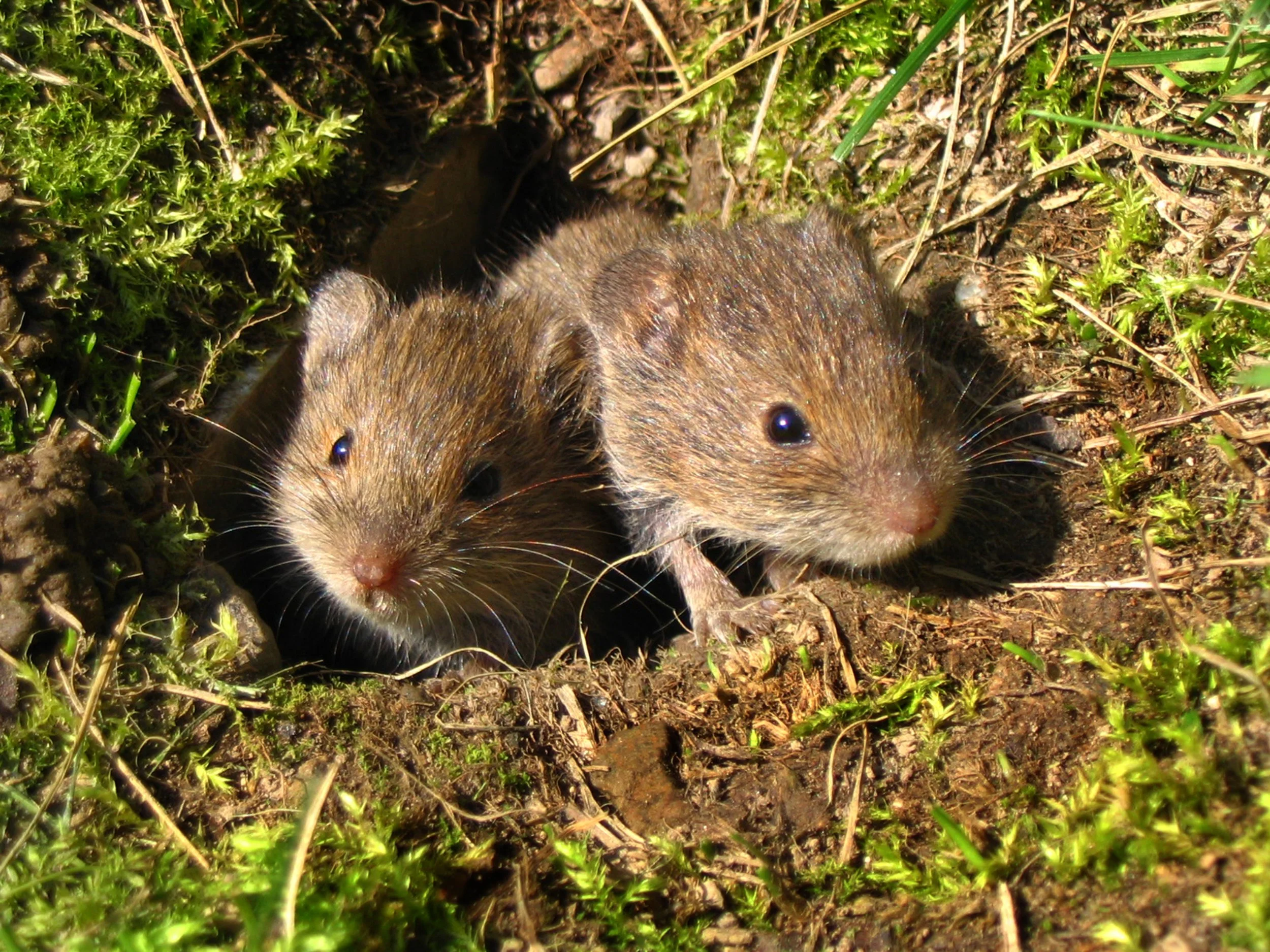Year of the Mice
A plague of rodents swept across Nova Scotia, leaving fields bare and farmers desperate
1815 became known in Nova Scotia as ‘Anno Murium’ or ‘The Year of the Mice’ because the province was overrun by an invasion of the rodents. An army of mice marched over Colchester, Pictou and Antigonish counties, devouring everything before them.
According to Dr. George Patterson’s 1877 ‘History of the County of Pictou, Nova Scotia’ this plague started in the spring when the sugar makers noticed large numbers of dead mice in the sap troughs. They were field mice but of a much larger variety and their numbers started to increase day by day.
They came from the woods in such numbers as to be compared with the mythical plagues of frogs in Egypt. As their numbers grew they became bolder and devoured all before them and would even challenge the dogs and cats that dared to fight them by standing on their hind legs and barring their teeth. Many a farmer gave up on planting as the mice ate everything just as fast as they planted. Acres of farmland were stripped bare and the mice would even burrow into the ground to consume the potatoes and grain. It is said that they could devour an acre of crops in three days.
As the weather grew cooler the mice started to to die off in the hundreds and according to Dr. Patterson, they even went to the water and died, forming a ridge like seaweed along the edge of the sea. Their decaying carcasses filled the air with a most foul odour.
The Anno Murium of 1815 shows how fragile early farming communities in Nova Scotia could be. With little margin for crop loss, an environmental shock, whether weather, pests, or mice, threatened survival. The mouse plague has lingered in our memories not only because of its destruction, but because it came to be symbolize the precarious balance between settlers and the land they relied on.
Engraving of a biblical plague of frogs, evoking chaos and invasion, a fitting metaphor for Nova Scotia’s ‘Anno Murium’.
Anno Murium or The Year of the Mice
Just what is the meaning of Anno Murium? At first glance it appears to be a classical Latin phrase but I could not find any reference to it. Anno means ‘in the year’ and murium is Latin for ‘of the mice’ so Anno Murium literally means ‘in the year of the mice’. Common Latin constructs like ‘Anno Domini’ (in the year of the Lord), or Anno Mundi’ (in the year of the world) are well documented and appear frequently. There is no evidence that “Anno Murium” existed before its appearance in the 1892 travel guide Forest, Field and Seashore. The writer seems to have invented a faux-classical Latin heading to give the story a touch of weight and wit. It works!
-
References:
Forest, Field and Seashore. 1892. Tourist guide. Retrieved from Internet Archive. p.101 https://archive.org/details/cihm_06075/page/n51/mode/2up
Patterson, George. 1877. A History of the County of Pictou, Nova Scotia. Retrieved from Internet Archive. https://archive.org/details/historyofcountyo00pattuoft/page/n5/mode/2up

